
AeroGenie — Your Intelligent Copilot.
Trending
Categories
Uganda Airlines Launches Tender for Fleet Advisers and Finalizes A320 Leasing

Uganda Airlines Advances Fleet Expansion with Tender Launch and A320 Leasing Finalization
Uganda Airlines has initiated an international tender seeking comprehensive fleet consultancy services as part of its strategic push to expand and modernize its aircraft lineup. The Entebbe-based carrier aims to secure expert technical, legal, and financial guidance to support its acquisition of new aircraft, focusing particularly on the dry-lease of Airbus A320 family jets. This initiative is central to the airline’s efforts to enhance operational capacity and accommodate growing passenger demand.
Tender Process and Leasing Negotiations
The tender invites qualified firms to submit integrated advisory proposals in compliance with Uganda’s Public Procurement and Disposal of Public Assets Act. Interested parties can access bidding documents at Uganda Airlines’ procurement office in Entebbe for a non-refundable fee of USD 30. Proposals must be submitted by October 2, 2025, with electronic submissions allowed to facilitate participation from international bidders.
Concurrently, Uganda Airlines is in advanced negotiations with multiple lessors to secure two A320 family aircraft, targeting delivery by February 2026. The airline’s specifications call for either an A320ceo aircraft under 15 years of age or an A320neo under nine years old. Cabin configurations are planned to include either 153 economy and 12 business class seats for the A320, or 190 economy and 16 business class seats for the A321 variant. Lease durations will vary between two and eight years depending on the aircraft’s age, with a preference for lessors capable of providing multiple aircraft to facilitate streamlined fleet management.
In addition, Uganda Airlines is reportedly finalizing a dry-lease agreement directly with Airbus for one A320-200 and one A321-200, with deliveries expected by October 2025. These acquisitions form part of a broader strategy to expand the airline’s network and respond to increasing market demand. To maintain current operations, the airline has extended its ACMI (Aircraft, Crew, Maintenance, and Insurance) contract with Danish Air Transport (DAT), ensuring continued service with one A320-200 for an additional year.
Long-Term Fleet Strategy and Market Context
Looking further ahead, Uganda Airlines is negotiating a narrowbody order with Airbus for two A320-200Ns and two A321-200Ns, although these aircraft are not anticipated to enter service until 2031. This long-term plan reflects the airline’s commitment to modernizing and diversifying its fleet to meet future operational needs.
Uganda Airlines’ expansion efforts occur within a highly competitive aviation environment. Regional and international carriers, including Austrian Airlines, are simultaneously pursuing significant fleet renewals—Austrian recently announced plans to acquire 22 A320neo-family aircraft. Such developments may influence market dynamics, potentially affecting aircraft availability, lease pricing, and competitive positioning. Additionally, broader industry shifts, such as leasing agents marketing the Spirit Airlines fleet, could further impact Uganda Airlines’ strategic options and cost structures.
Market responses to Uganda Airlines’ leasing and expansion initiatives are expected to be mixed. While the modernization drive is likely to strengthen the airline’s competitive standing, concerns remain regarding the financial implications of leasing and the operational challenges associated with integrating new aircraft types. The airline’s capacity to manage these complexities will be critical as it pursues its growth objectives.

Germany Signs $1.2 Billion Deal with Leading Helicopter Manufacturer
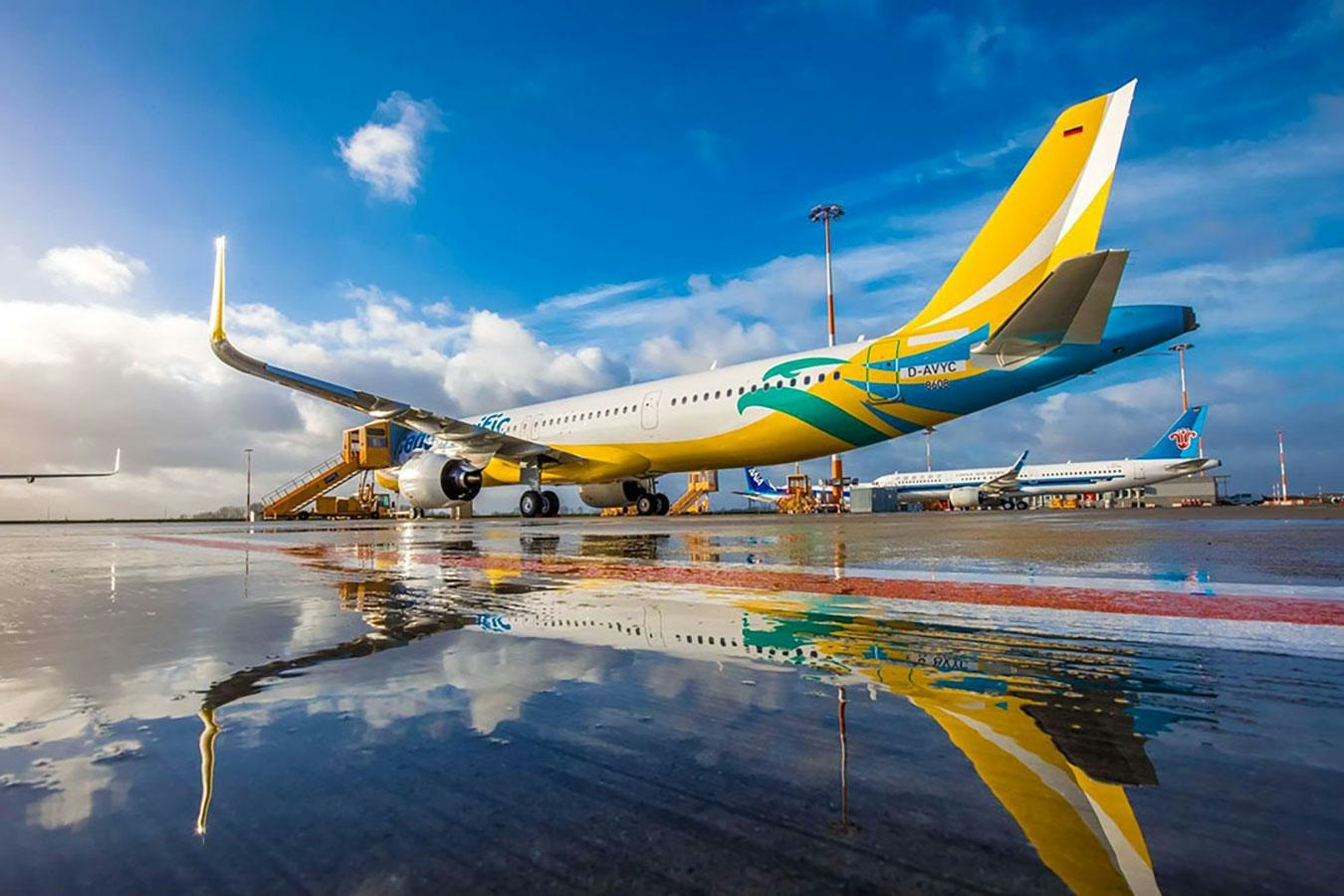
Cebu Pacific Introduces Damp-Leased Aircraft to Improve Travel Experience

JSSI Names Molly Hennessy Chief Product and Technology Officer

Japanese Air Taxi Firm SoratobuTaxi Invests in Plana US
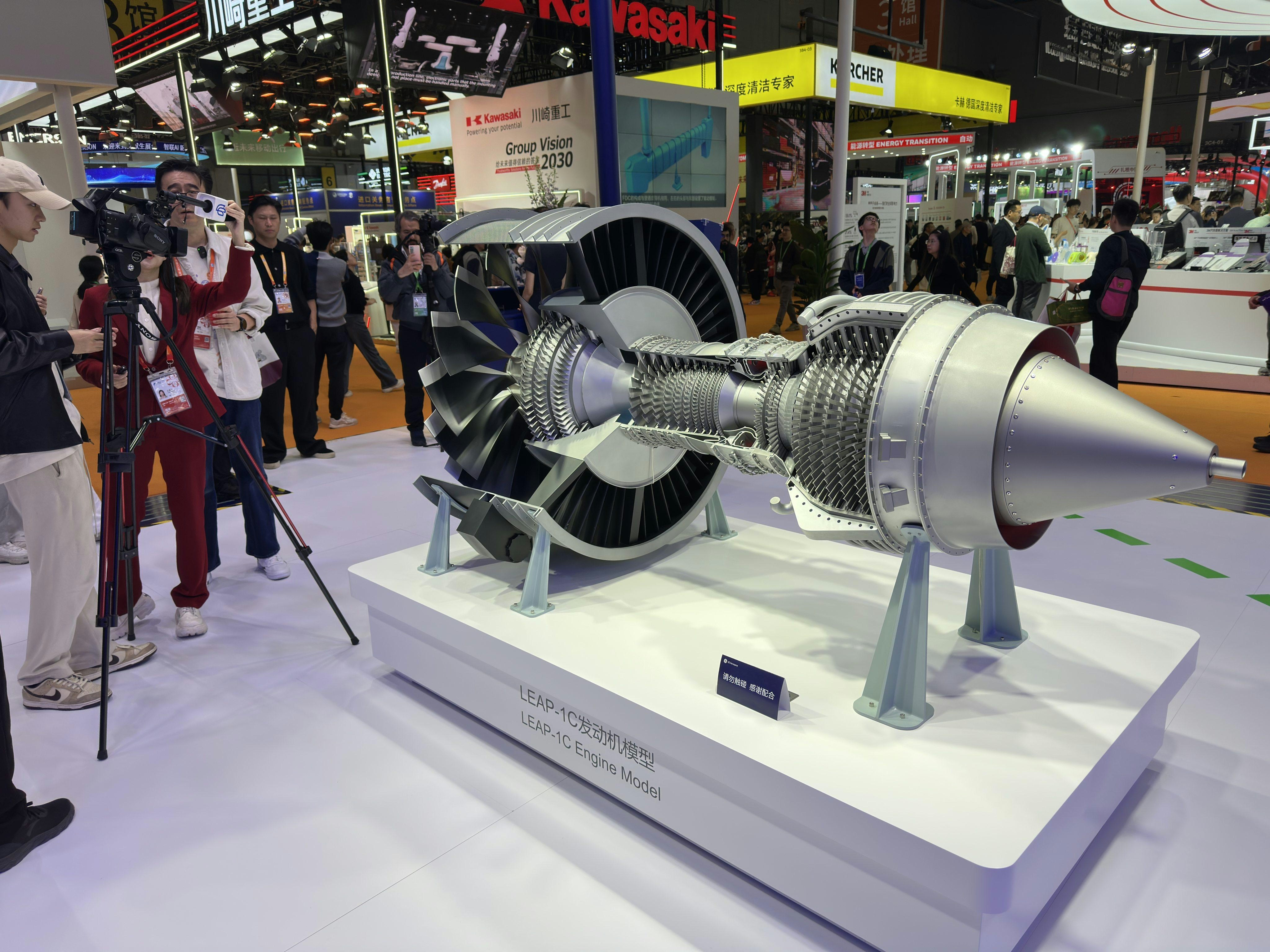
Engine Shortages Delay China’s C919 Deliveries Amid Global Aerospace Bottlenecks

The Emerging Role of Drones and AI in Combat Aviation
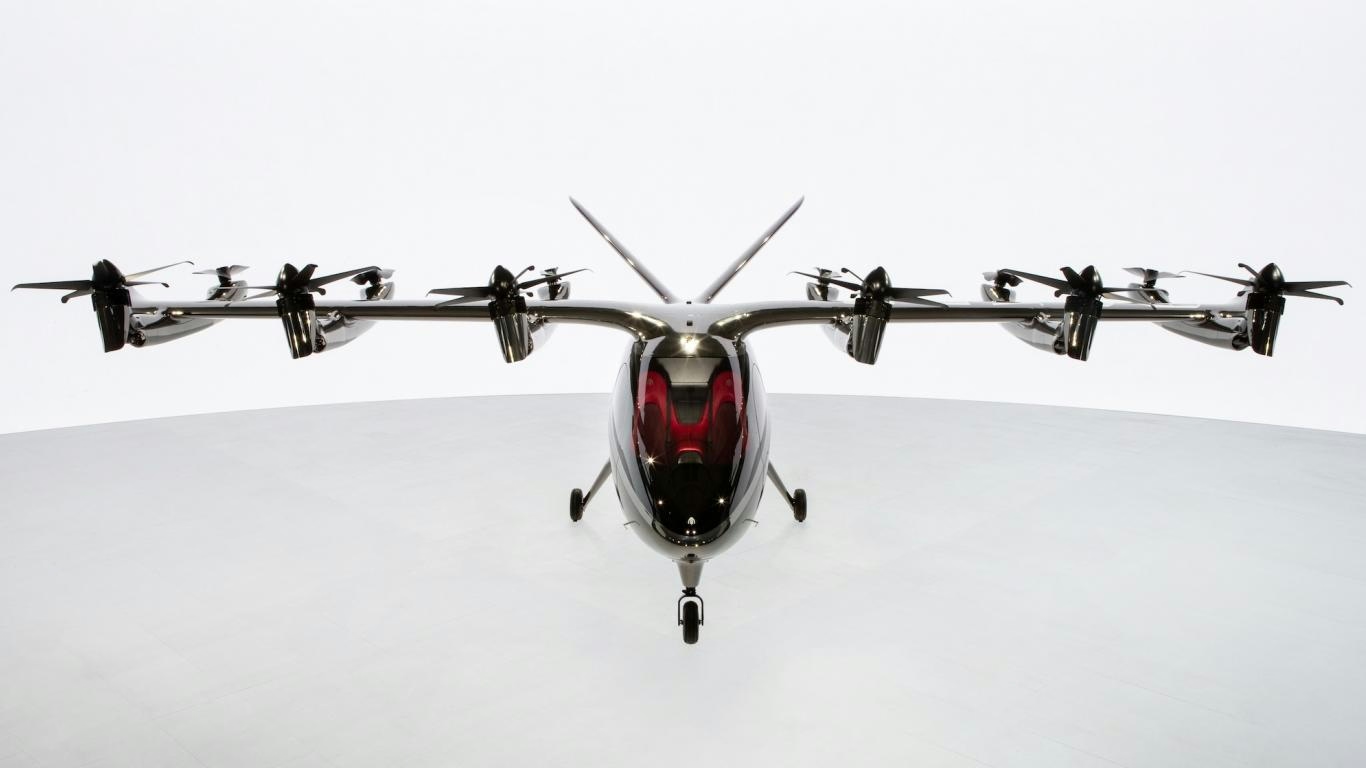
AI’s Turbulent Ascent: Why Aviation’s Tech Boom Could Ground Pilots in 2025
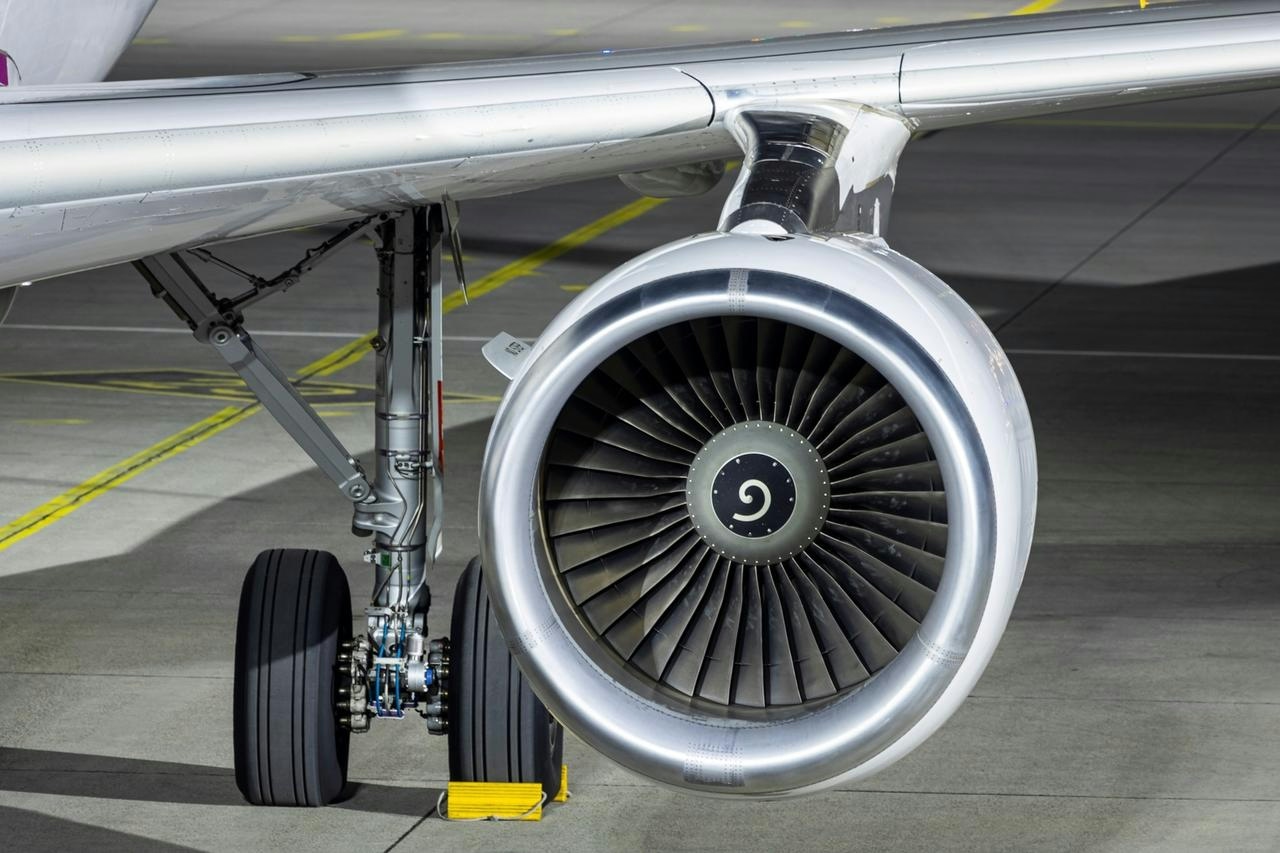
Falko Reports Strong Q3 Driven by Aircraft Sales and Lease Extensions
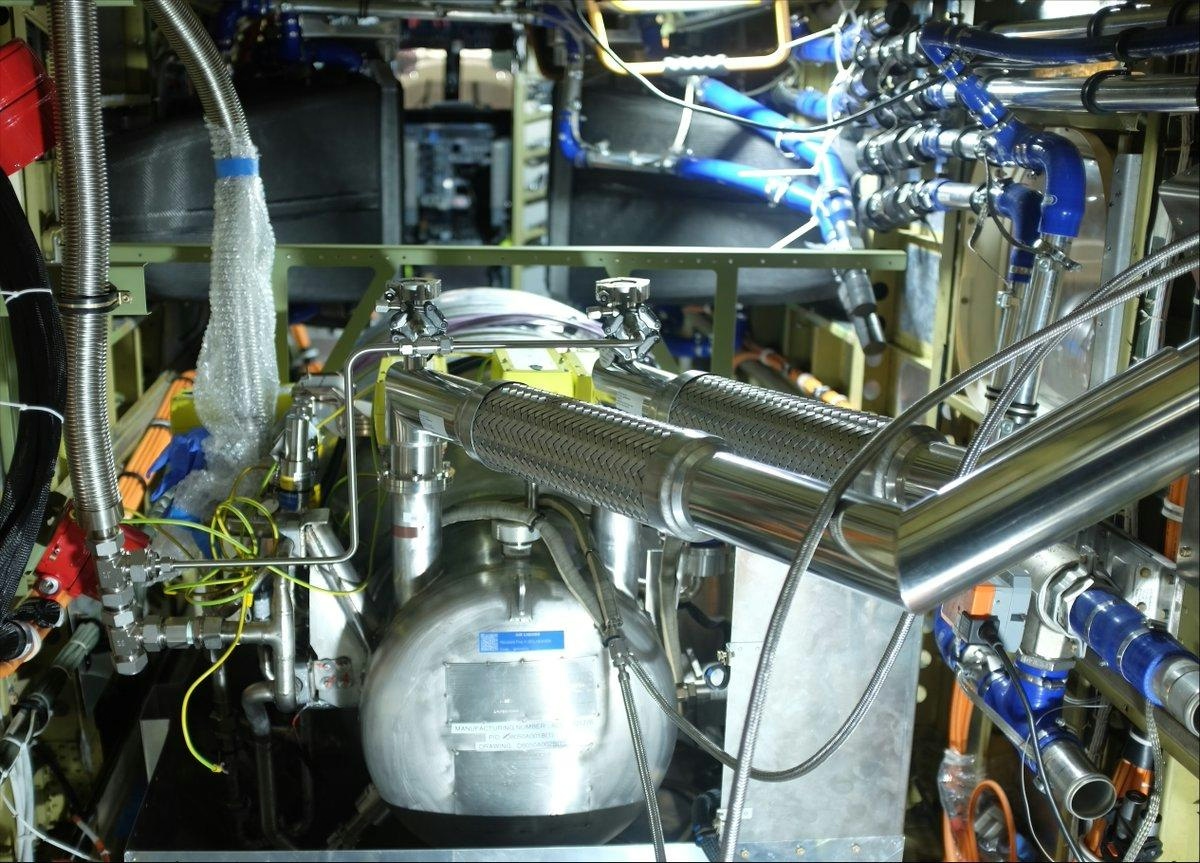
ZeroAvia Partners with HAV to Develop Hydrogen-Powered Airlander 10
